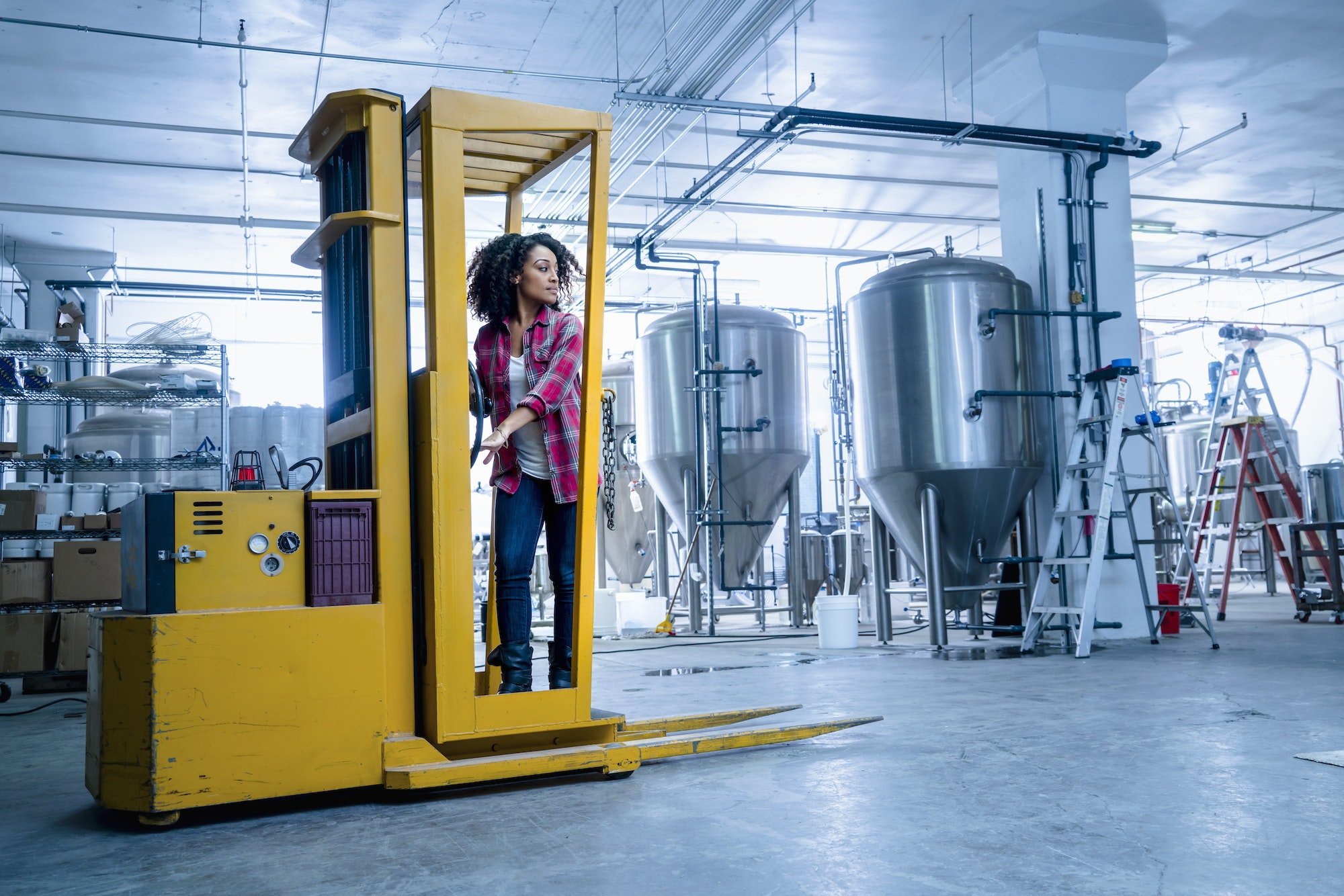Forklifts are critical equipment in various industries, including warehousing, construction, and manufacturing. While they are invaluable for improving efficiency and productivity, it is essential to prioritize safety and compliance when operating forklifts. Failure to do so can result in potential accidents, injuries, and regulatory penalties.
The Importance of Forklift Safety
Forklift safety is of paramount importance as it directly affects the well-being of operators, pedestrians, and the overall work environment. By implementing best practices for forklift safety, companies can create a culture of safety, reduce accidents, and enhance operational efficiency. Here are some key best practices:
1. Training and Certification: Properly trained and certified forklift operators are crucial to ensuring safe operations. Companies should provide comprehensive training programs that cover both theoretical knowledge and hands-on experience. All operators should be certified and receive refresher training regularly to stay updated with the latest safety regulations and best practices.
2. Pre-Operational Inspections: Before starting a shift or using a forklift, operators should conduct pre-operational inspections to check for any potential mechanical or safety concerns. This includes checking tire pressure, brakes, lights, horn, and ensuring the forklift is free from any debris or obstruction. Any identified issues should be addressed promptly to maintain safety standards.
3. Proper Load Handling: Correctly handling loads is crucial for forklift safety. Operators should be trained to assess the weight, stability, and dimensions of the load before lifting it. It is important to know and adhere to load capacity limits specified by the equipment manufacturer. Loads should be properly secured to prevent shifting or falling during transportation, minimizing the risk of accidents.
4. Safe Operating Procedures: Following safe operating procedures is essential for preventing accidents. This includes obeying speed limits, using seat belts, keeping a safe distance from pedestrians, and avoiding sudden movements or sharp turns. Forklift operators should be aware of their surroundings at all times and exercise caution when operating near edges, ramps, or potentially hazardous areas.
5. Regular Maintenance and Inspections: Routine maintenance and inspections are crucial for keeping forklifts in optimal working condition. Companies should establish a maintenance schedule that includes regular inspections, servicing, and addressing any identified issues promptly. This helps identify potential safety hazards before they escalate into serious problems.
6. Clear Communication: Effective communication is key to ensuring forklift safety in the workplace. This includes using audible alarms, warning signs, and proper signaling to notify pedestrians and other operators of forklift movement. Additionally, establishing clear communication protocols between operators, spotters, and supervisors can prevent potential accidents.
7. Proper Storage and Parking: When not in use, forklifts should be properly stored and parked in designated areas. This helps prevent unauthorized access and minimizes the risk of unintended usage. Parking brakes should always be engaged, and the forklift should be turned off to reduce the risk of accidental movement.
8. Regular Evaluations and Continuous Improvement: Conducting regular evaluations of forklift operations is essential for identifying areas of improvement. Companies should review incident reports, near-miss incidents, and any feedback from operators to identify potential safety risks and take proactive measures for continuous improvement. This can include additional training, equipment upgrades, or process enhancements.
By implementing these best practices, companies can significantly reduce the risk of forklift accidents and create a safe working environment for all employees.
For organizations looking for comprehensive forklift safety solutions, forklift fleet management systems offered by HCO Innovations can help monitor and manage forklift operations, ensuring compliance with safety regulations and optimizing operational efficiency.
Remember, forklift safety is the responsibility of everyone involved, and by prioritizing safety, we can create a workplace that is both productive and safe.

